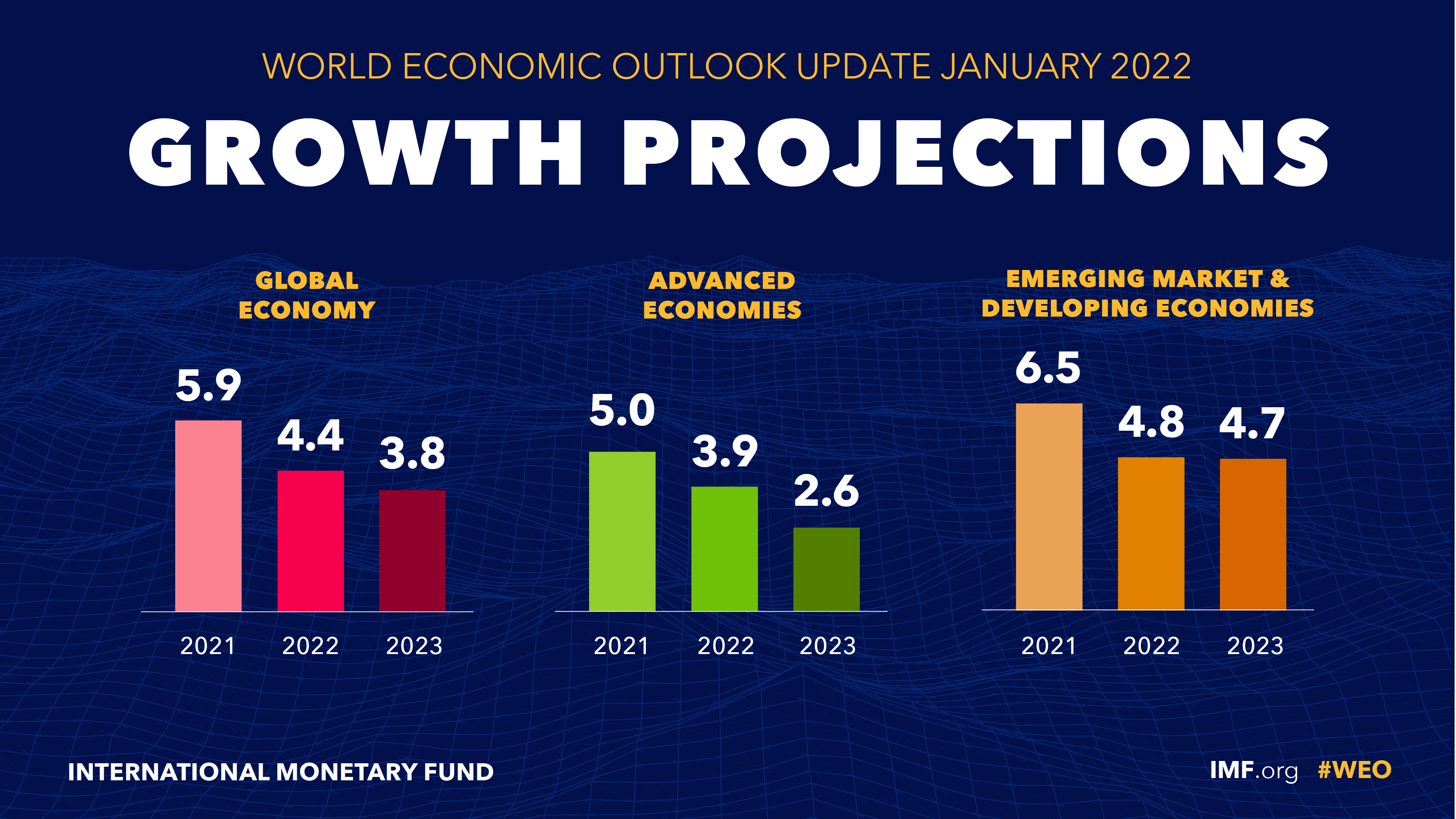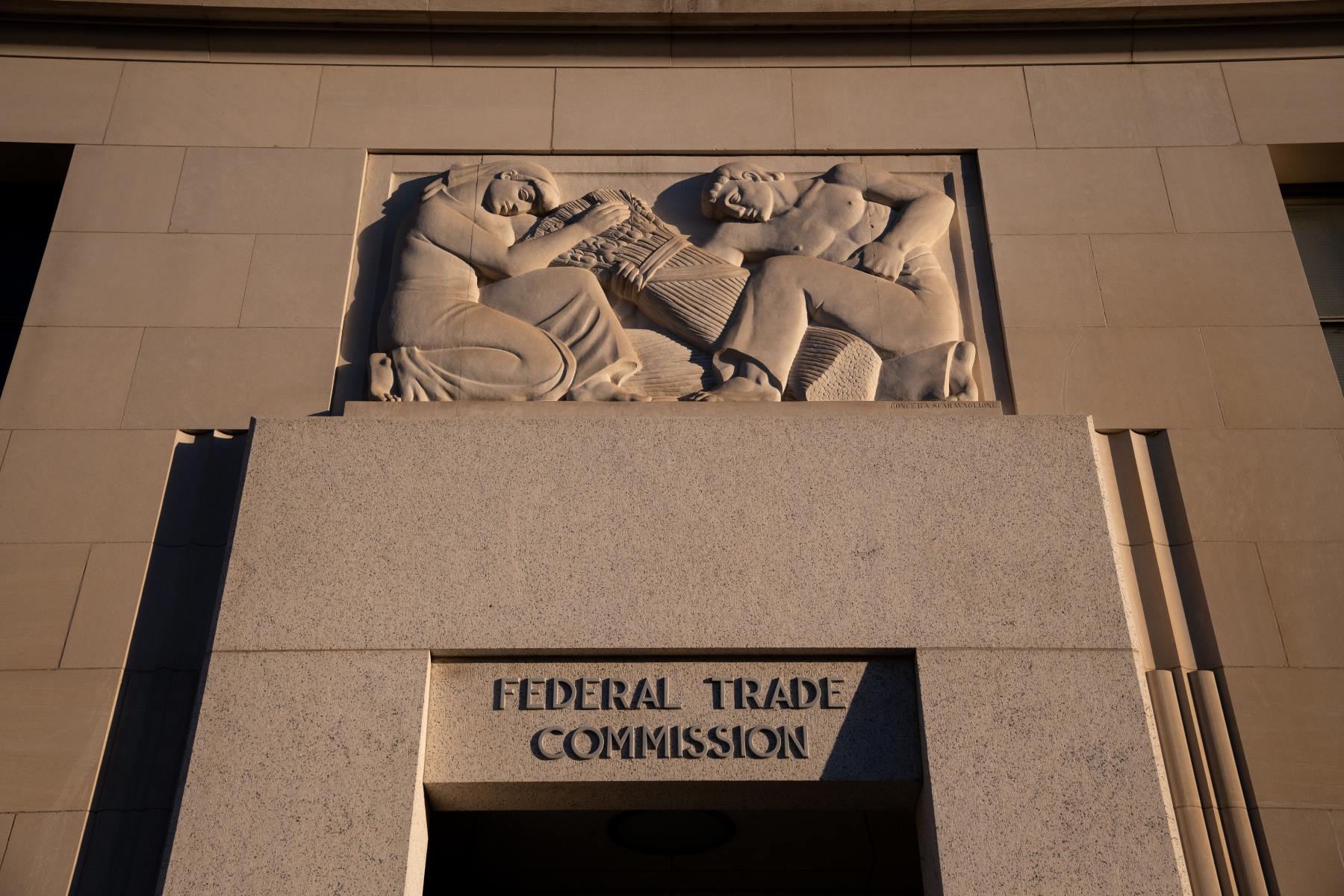China's Economy: Assessing The Risks Of Rising Tariffs On Exports

Table of Contents
Impact on Key Export Sectors
Rising tariffs directly impact the competitiveness of Chinese goods in the global marketplace, creating significant challenges for several key export sectors.
Manufacturing
Rising tariffs directly increase the cost of Chinese manufactured goods in international markets, reducing their competitiveness. This leads to several interconnected problems:
- Reduced export volume: Lower demand leads to decreased production and potential job losses in factories across China. This is particularly true for labor-intensive industries.
- Price increases: Manufacturers may absorb some costs, but many will pass them onto consumers, impacting global pricing and potentially reducing consumer demand further. This creates a double-edged sword, impacting both profitability and sales volume.
- Shifting production: Faced with higher tariffs, some companies may relocate manufacturing to countries with lower tariffs or preferential trade agreements, leading to a loss of manufacturing jobs and expertise within China. This includes both foreign companies operating in China and Chinese companies seeking alternative locations.
Technology
Tariffs disproportionately affect technologically advanced products, hindering China's ambitious technological advancement goals. The impact on this sector is especially concerning:
- Reduced innovation: Uncertainty and higher costs stifle research and development efforts, slowing down technological progress and innovation within the Chinese tech sector. This could have long-term consequences for China’s global competitiveness.
- Supply chain disruptions: Tariffs can disrupt the global supply chain, impacting both Chinese and international tech companies. This complexity makes it difficult to predict the full extent of the damage.
- Increased reliance on domestic markets: Chinese tech companies may focus more on domestic sales to offset export losses, potentially leading to a less globally integrated tech sector. This may also stifle competition and innovation.
Agriculture
Tariffs on agricultural products can significantly impact farmers and related industries in China, leading to widespread economic hardship. The effects are far-reaching:
- Reduced export earnings: Lower demand for Chinese agricultural products weakens the rural economy, impacting livelihoods and potentially creating social instability.
- Increased domestic prices: Limited export options could lead to higher prices for consumers in China, reducing purchasing power and increasing the cost of living.
- Government subsidies: The Chinese government may need to increase subsidies to support farmers affected by tariffs, placing a significant strain on public finances. This further impacts the overall fiscal health of the nation.
Macroeconomic Consequences
The impact of rising export tariffs extends beyond individual sectors, influencing macroeconomic indicators and overall economic stability.
GDP Growth
Reduced exports directly impact GDP growth, potentially leading to slower economic expansion and jeopardizing China’s ambitious growth targets. This slower growth can manifest in several ways:
- Decreased investment: Uncertainty surrounding future tariffs can deter both foreign and domestic investment, hindering economic development.
- Job losses: Declines in export-oriented industries can result in widespread job losses, fueling social unrest and impacting consumer confidence.
- Currency devaluation: Reduced export revenue could put downward pressure on the Chinese Yuan, potentially impacting imports and inflation.
Inflation
Increased costs due to tariffs can lead to higher consumer prices, potentially fueling inflation and eroding consumer purchasing power. The consequences are complex:
- Import substitution: China might increase domestic production of goods previously imported, but this could be inefficient and costly in the short term.
- Wage stagnation: Inflation without corresponding wage increases reduces purchasing power, potentially leading to social discontent.
- Monetary policy response: The central bank may need to adjust monetary policy to manage inflation effectively, potentially impacting interest rates and economic growth.
Potential Mitigation Strategies
China can employ several strategies to mitigate the negative impacts of rising export tariffs. These include:
- Diversification of Export Markets: Reducing dependence on any single market through exploring new trade partnerships and expanding into less-tariff-sensitive markets.
- Technological Upgrading: Investing in technological advancements to enhance competitiveness and reduce reliance on low-cost manufacturing. This allows for the creation of higher-value-added products less susceptible to tariffs.
- Domestic Consumption Boost: Stimulating domestic demand to offset losses in exports by fostering domestic consumption and reducing reliance on foreign markets.
- Negotiated Trade Agreements: Actively engaging in bilateral and multilateral trade negotiations to reduce tariff barriers and secure favorable trade agreements. This requires skillful diplomacy and a willingness to compromise.
Conclusion
Rising tariffs on Chinese exports pose substantial risks to China's economy, impacting key export sectors, macroeconomic stability, and overall growth prospects. The consequences could include decreased GDP growth, increased inflation, and job losses. While China can adopt mitigation strategies like diversifying export markets and boosting domestic consumption, the uncertainty surrounding future trade policies remains a significant challenge. Understanding the potential impact of rising export tariffs is crucial for both Chinese policymakers and global businesses operating within or interacting with the Chinese market. Proactive strategies to address these risks are necessary to navigate the evolving global trade landscape and ensure sustainable economic growth in China. Therefore, continued monitoring of China's economy and the effects of export tariffs is essential for making informed business decisions and fostering stable global trade relations.

Featured Posts
-
 Trump Defends Obamacare Supreme Court Case And Rfk Jr S Political Rise
Apr 22, 2025
Trump Defends Obamacare Supreme Court Case And Rfk Jr S Political Rise
Apr 22, 2025 -
 Resistance Mounts Car Dealers Reiterate Opposition To Ev Mandates
Apr 22, 2025
Resistance Mounts Car Dealers Reiterate Opposition To Ev Mandates
Apr 22, 2025 -
 Cracking The Private Credit Code 5 Dos And Don Ts For Job Seekers
Apr 22, 2025
Cracking The Private Credit Code 5 Dos And Don Ts For Job Seekers
Apr 22, 2025 -
 Razer Blade 16 2025 Performance Review And Value Assessment
Apr 22, 2025
Razer Blade 16 2025 Performance Review And Value Assessment
Apr 22, 2025 -
 The Looming Threat Of Googles Demise Antitrust Concerns And The Fight For Competition
Apr 22, 2025
The Looming Threat Of Googles Demise Antitrust Concerns And The Fight For Competition
Apr 22, 2025
